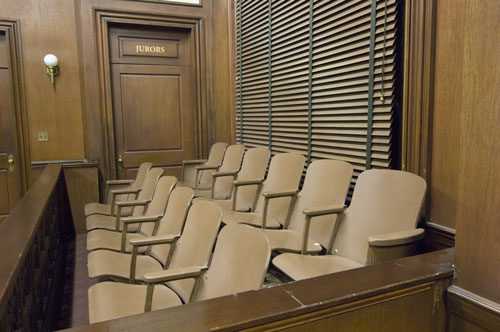The New Jersey Supreme Court concluded with the following in relevant part: The court also recommended that the Model Jury Charge Committee consider the advisability of revising the model instruction for the leader offense to incorporate this language from Alexander or at least to include a footnote or notation explaining that this language in Alexander provides further instruction on what it means to hold a high-level position in the drug trafficking conspiracy.
We see no basis for that recommendation. Moreover, in the circumstances of this case, we conclude that tailoring the charge to each defendant was not necessary.
First, the Alexander Court made it quite clear that under N.J.S.A. 2C:35-3, a drug trafficking network “need not have any specific configuration or chain of command.” It was unnecessary for the judge to mold the charge to address respective levels of authority within a hierarchy among defendants in the criminal enterprise. The State charged all three defendants with being leaders. The final jury charge more than sufficiently explained that the State had to prove each element of the kingpin offense as to each defendant. Indeed, both in reading the kingpin charge and after re-reading the charge in response to the jury’s question, the judge accurately told the jurors, you must return a separate verdict for each defendant as to this charge. In other words, you’ll have to decide each case individually, whether the verdicts as to each defendant on this offense are the same or different, depends on the evidence and your determination as judges of the facts.
Second, this was not a protracted trial with substantial conflicting testimony about leadership roles. The trial took approximately one week, which can hardly be considered drawn out or prolonged. There was no need to incorporate evidentiary facts into the kingpin charge. Cf. State v. Concepcion (1988) (“Incorporating specific evidentiary facts into a jury charge is especially helpful in a protracted trial with conflicting testimony.”). In addition, the parties may have disagreed over the choice of which facts to incorporate and whether the evidence of such facts was sufficient to be included in the court’s charge.
Had the Supreme Court endorsed the Appellate Division’s recommendation to amend the model jury charge, it could have further complicated an already complicated charge. In the face of complicated charges, most juries would probably err on the side of conviction. That may have been a motivation for the guilty verdicts in this case.

